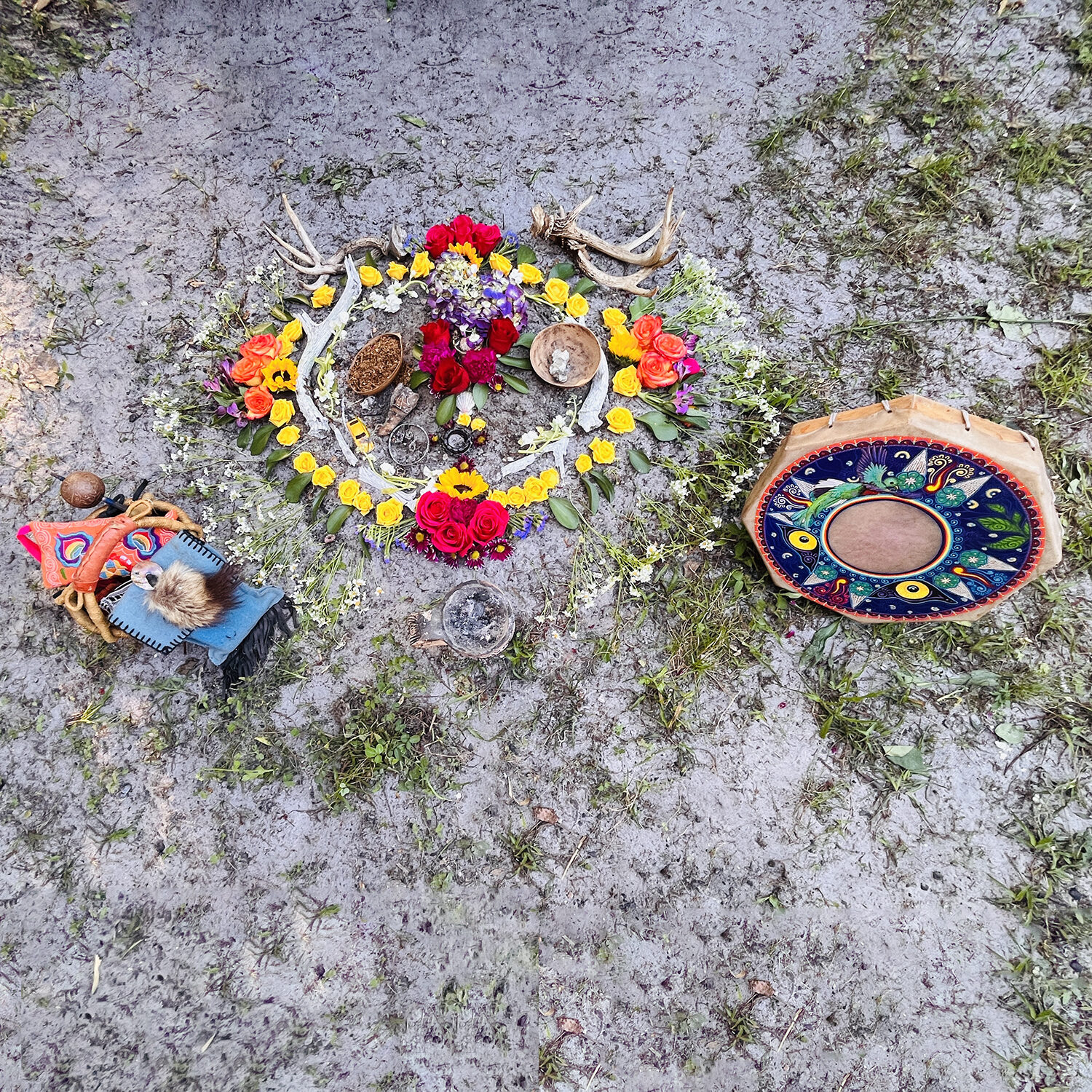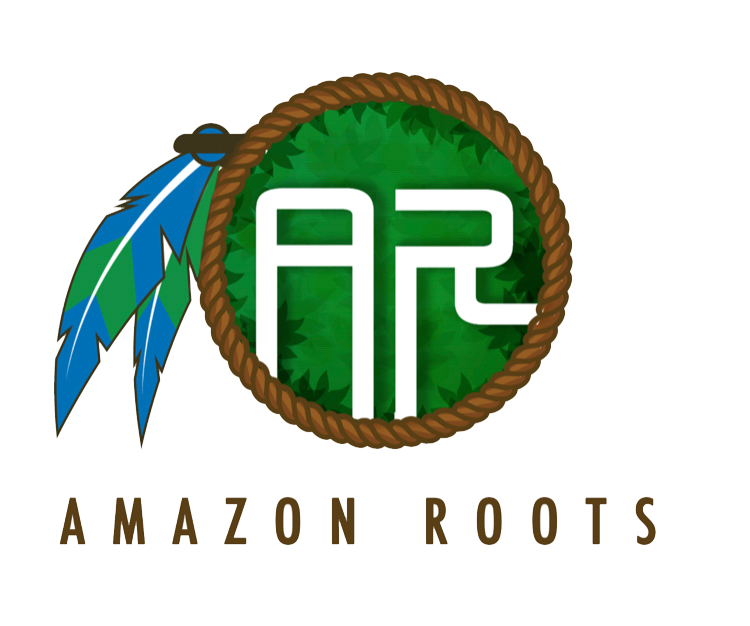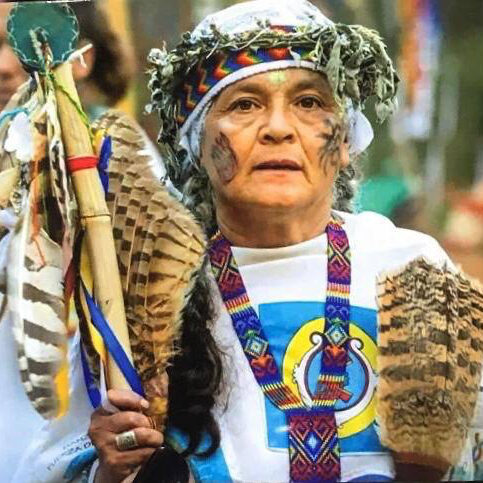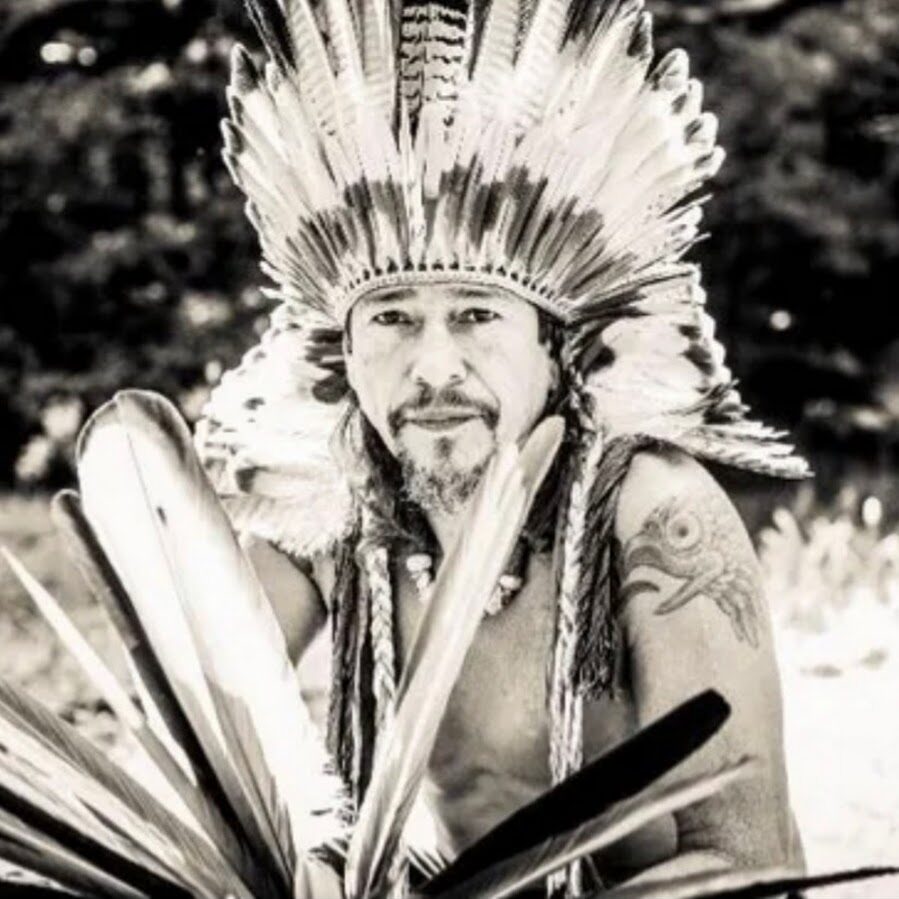We have many alliances with indigenous tribes and elders throughout the world. First nation people are the root of this work. Our tribes keep the momentum going and we maintain the connection to these lineages through constant communication with the indigenous tribes that we receive these teachings and ways of life from, and this helps to not only support them but also the world by bringing their wisdom to the greater community.

TXANA MASHA FROM THE HUNI KUIN TRADITION
Txana Masha comes from a traditional family lineage of Pajés (medicine men/healers) and Txanas (ritual singers). He is one of sixteen siblings, a father to five children, all of who are on the path of traditional medicines as well, and he lives with his people in the Amazon spread out in five villages along the Humaita River. Since a very young age, Masha has been studying and consecrating medicine.
Txana Masha is also a traditional herbalist and has a vast knowledge of the many other medicinal plants of the forest. in the past, he has been contracted by the city to visit villages throughout the region to facilitate healing work. Txana Masha is the son of a chief, and like his father, Masha is an advocate for the ecological heritage of his people’s native lands. Txana Masha learned to speak Portuguese fluently at around 20 years old. From an early age, he assumed the responsibility to be a keeper and practitioner of his ancestral wisdom. He has been representing and spreading the message of the Huni Kuin people all over the world for the last decade.
How to Call a Prayer
Calling a prayer is a sacred experience that provides powerful opportunities for the individual calling it to bring their focus, desires and intentions into direct manifestation. Many decide to call a prayer for many different reasons, for blessing, for healing, or for celebration.
The individual who calls the prayer becomes the sponsor and will hold the honor seat, with their main intention being the focus which guides the entire night. The powerful energies and forces that are called into the entire ceremony throughout the night become focused on their intention and miracles can certainly manifest.
For those who want to call a prayer, one must first present natural, organic tobacco to the medicine man along with their main intention. The amount of tobacco should be enough to provide for the 4 main smokes and all tobacco prayers throughout the night. It traditionally should be presented wrapped in red cloth, yet if you are in another state you can mail this.
There are upfront costs to provide the necessary resources to be accounted for. This depends on if the prayer is private or open to the community, as well as the amount of people that are going to be attending.
It is recommended to call a prayer only if one has at least a year of experience with this medicine and the red road ways.





